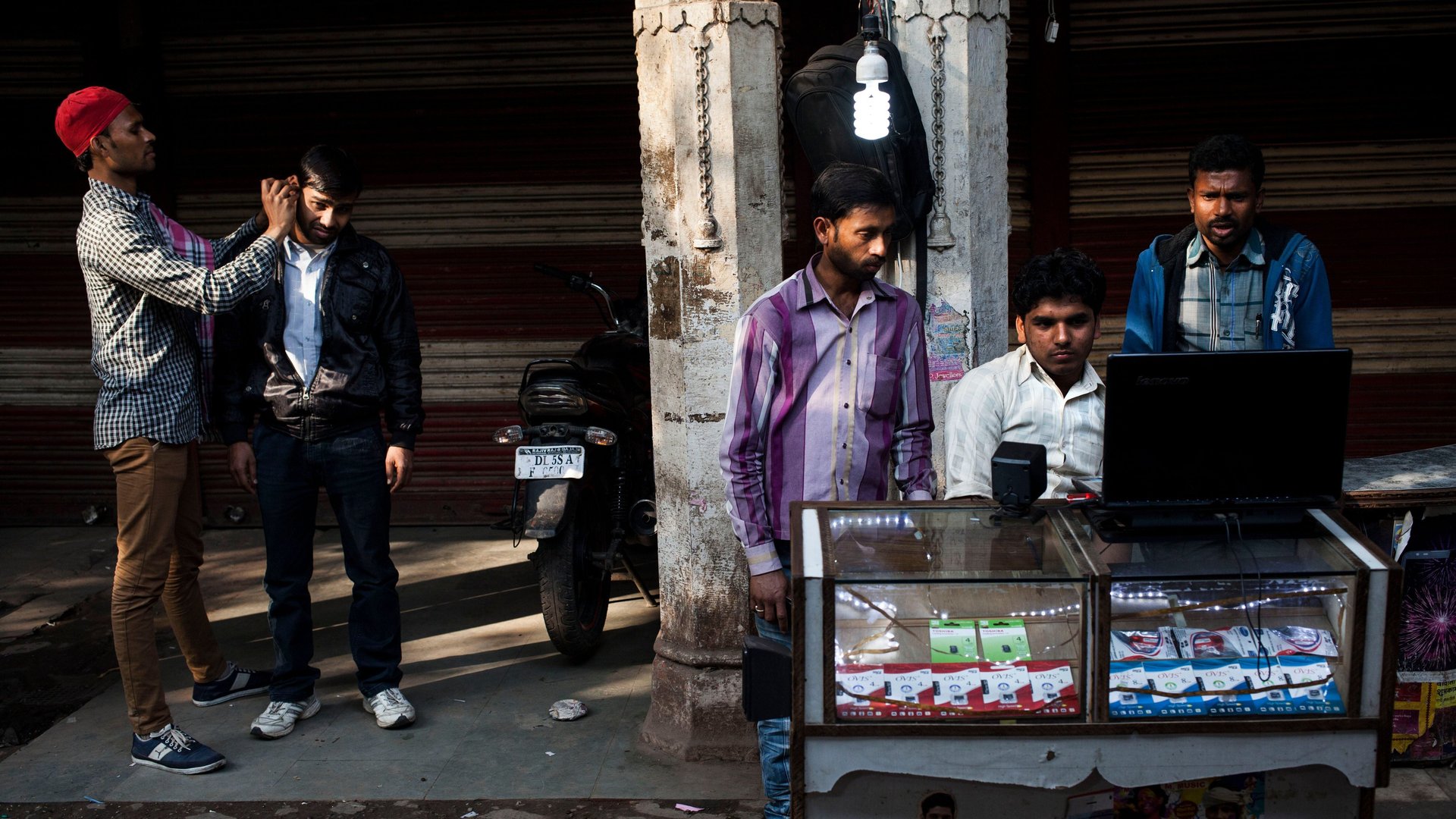Bots and fake users cost Indian digital advertisers $1.63 billion last year
India may be getting increasingly tech savvy, but that’s also bleeding digital advertisers.


India may be getting increasingly tech savvy, but that’s also bleeding digital advertisers.
According to a recent report by market research firm TechARC, the country accounted for nearly 9%—amounting to $1.63 billion (Rs11,300 crore)—of the world’s digital ad frauds in 2018. These frauds happen when agencies, using bots and fake users, inflate the impact of a campaign and charge advertisers unjustified fees.
“The impact of digital ad fraud now goes beyond diminishing the returns on marketing spends and can jeopardise the entire digital transformation journey, hampering brand equity, relevance, and positioning, among other ramifications,” said Faisal Kawoosa, founder and chief analyst of TechARC.
Over half of these happen in one industry alone: Indian digital commerce. Here, agencies tend to fake the “engagement and retention” of customers on a site, whereas in more nascent digital domains—banking, entertainment, gaming and pharma—the clients are tricked into believing they have acquired more customers than actual, the Gurugam-based researcher noted.
Fraud, fraud everywhere
Mobile apps are the worst contributors to digital ad frauds, accounting for 85% of the total damage in India. In 2017 alone, mobile ad fraud robbed Indian marketers of $350 million.
However, that doesn’t mean websites are completely safe. “Web platforms are more susceptible to frauds as in several organisations, the digital teams are primarily focusing on the app leaving the web space vulnerable,” TechARC warns. Certain threats like fake leads and keyword abuse specifically emanate from websites.
As video ads gain traction, fraud in that medium is also becoming rampant, the report cautioned. Some of it has to do with the lack of industry standards, experts say.
“We still haven’t agreed on what viewability–or ‘a view’—is; some say two seconds, some say 10 seconds. Like BARC (Broadcast Audience Research Council) for TV and IRS (Indian Readership Survey) for print, we need to agree on a currency (for digital video),” Ashish Bhasin, CEO of global marketing services group Dentsu Aegis Network in the greater south region, told advertising news portal afaqs. “The only way to solve this problem is through tech.”
Damage control?
Advertisers in India have already shifted spends to digital, which contributed to 17% to the total advertising budget in 2017, as per a recent report by consulting firm EY. This is expected to grow to 22% by 2020.
As the sector grows, so will the menace of ad fraud. This fraud in the digital sphere is “expected to grow at 23% in 2019 owing to the sophisticated techniques being employed by fraudsters attracting higher payouts,” TechARC estimates.
But companies are now starting to do their bit. Brands are trying to blacklist websites, or even whitelist them—limiting ads to lists of pre-approved publishers only. A behemoth ad engine, Google, blocked 320,000 publishers from its display network last year for violating the company’s content policies. In mid-2018, IndiGo airlines ran counter-campaigns on social media when fake ads promoted job vacancies and free tickets.
“Businesses who have an ad-fraud solution in place are better equipped to have higher levels of customer engagements,” techARC’s report said. “This is because they are able to contain abuse through their brand and serve only the most relevant things to their customers.”